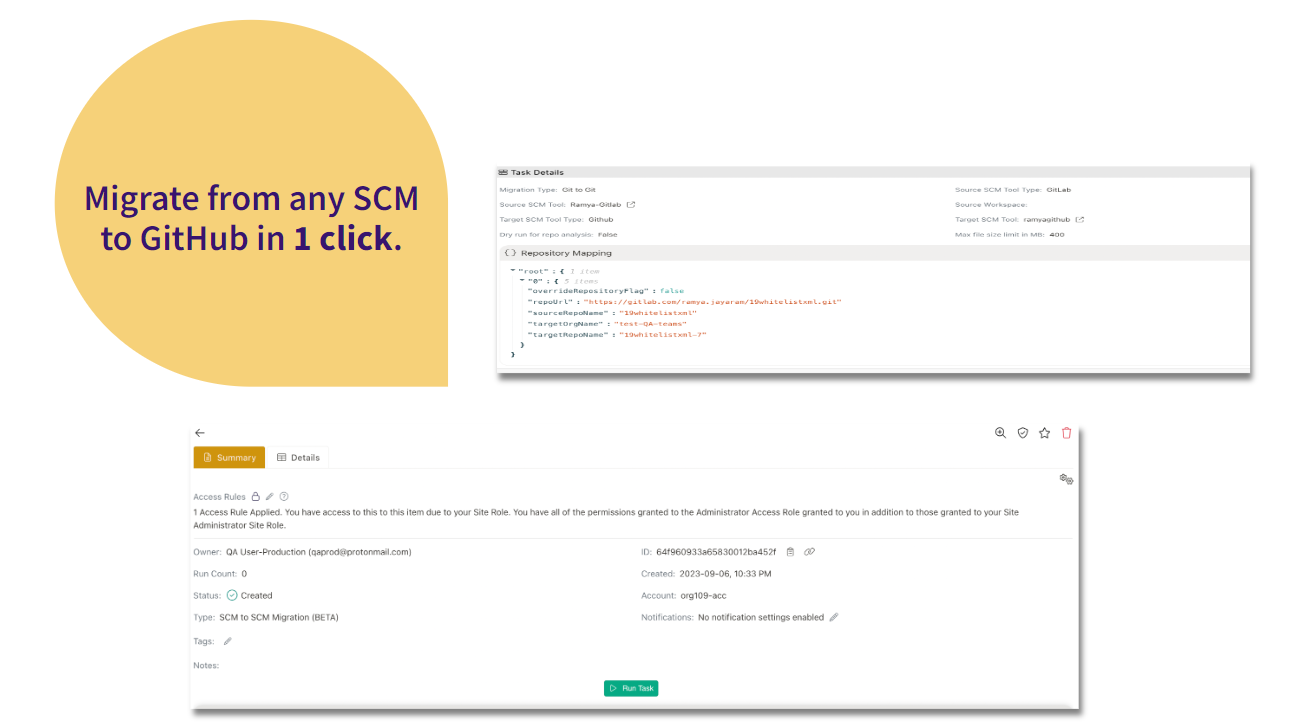Opsera is leveraging a generative artificial intelligence (AI) model it built to enable DevOps teams to migrate from one platform to another.
Gregg Holtzrichter, chief marketing officer for Opsera, said the Hummingbird AI model makes it simpler to migrate source code from, for example, a Bitbucket on-premises continuous integration/continuous development (CI/CD) platform to GitHub.
Opsera originally developed Hummingbird as an orchestration engine that integrates DevOps workflows spanning multiple tools and platforms. The primary goal is to make it possible for DevOps teams to unify their workflows, said Holtzrichter.
At the same time, Opsera is now making it possible to leverage a generative AI model to reverse engineer the source code a DevOps team may have developed to extend the capabilities of a specific platform. That new code then makes it possible to significantly reduce the total cost of switching DevOps platforms, said Holtzrichter. As part of such an effort, Opsera is also now providing support for organizations looking to specifically migrate to GitHub Copilot and GitHub Actions.

It’s not clear how many DevOps teams might be looking to switch platforms, but with the rise of generative AI capabilities for writing code, interest in platforms such as GitHub has increased, noted Holtzrichter. In addition, support for platforms such as the on-premises edition of Bitbucket is being sunsetted by Atlassian as part of an effort to drive more customers toward the cloud edition of the CI/CD platform.
Regardless of the underlying platforms involved, generative AI promises to reduce the ability of any vendor to lock customers into a specific platform. As DevOps teams extended DevOps platforms over the past decade, many of them have discovered that the integrations they created and maintained made it all but impossible to switch platforms. With the ability to refactor much of that code based on the insights surfaced by the Opsera platform using generative AI, the time and effort required to switch platforms has been substantially reduced, noted Holtzrichter.
At its core, Opsera makes it possible to apply analytics to DevOps workflows as they become more complex. The number of dependencies that exist between various application modules, for example, makes it exceedingly difficult for DevOps teams to manually identify the impact a delay in one project might have on any number of other downstream projects.
The Opsera platform surfaces that intelligence by scanning all repositories and branches, including commit history and generating alerts and notifications whenever KPI thresholds or compliance requirements are exceeded. DevOps teams can also use the platform to assess their overall DevOps maturity using, for example, the DevOps Research and Assessment (DORA) metrics defined by Google. In addition, many organizations are keen to discover what best practices should be adopted by other application development teams.
Now that AI is being applied to that analytics capability, it’s become possible to extend the reach of the Ospera platform beyond analytics to include source code migration. Each organization will still need to determine whether such an effort is worth the remaining time and effort still required, but at the very least, most DevOps teams can take comfort in the fact they can now keep their options a lot more open.



